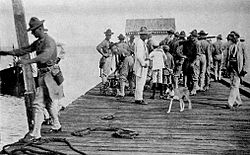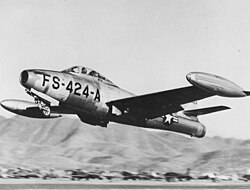This article needs additional citations for verification .(April 2025) |
| This article is part of a series on the |
| Wars of the United States |
|---|
 |
| Thirteen Colonies |
| United States |
This is a list of military conflicts, that United States has been involved in the 20th century.
Contents
This list is part of a larger series of list articles that cover the various wars involving the United States from its colonial roots to the present. They are:
- Lists of wars involving the United States
- List of 17th-century wars involving the Thirteen Colonies
- List of 18th-century wars involving the Thirteen Colonies
- List of wars involving the United States in the 18th century
- List of wars involving the United States in the 19th century
- List of wars involving the United States in the 20th century
- List of wars involving the United States in the 21st century
For the criteria of what may be permitted on this list, see Lists of wars involving the United States.


























































